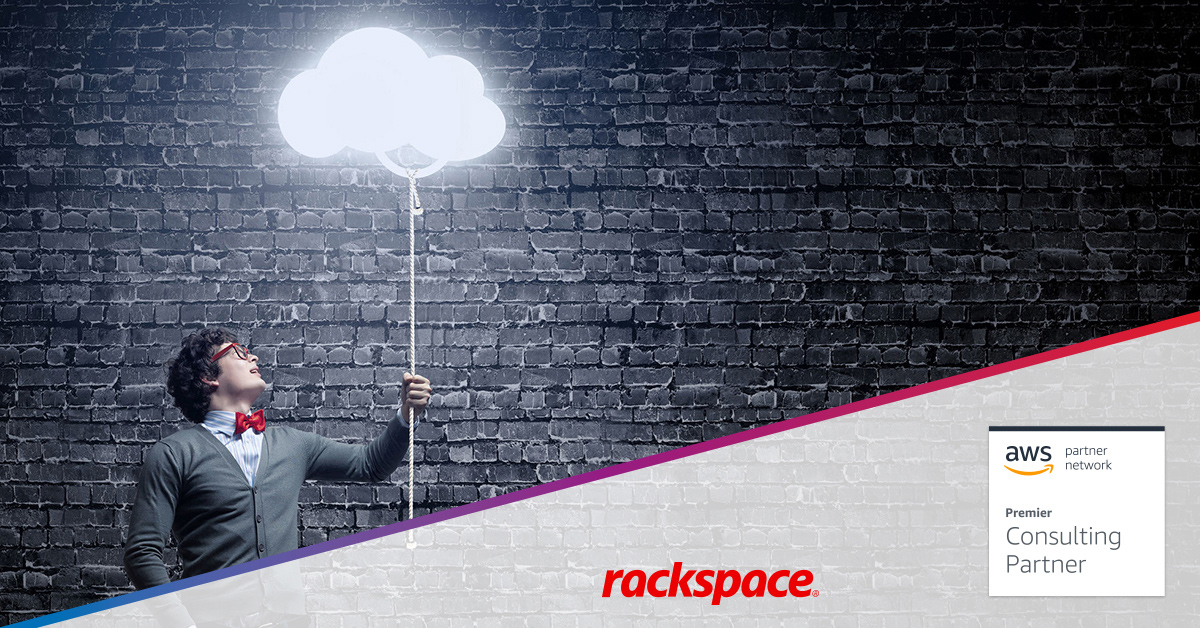People, Process, Technology: How to get Onboarding with AWS Right
Chris Buckley

Recent Posts
How to Build AI-Enabled Operations and Achieve Measurable Outcomes
December 10th, 2025
Prioritize Strategy to Strengthen Your Cloud Transformation
December 8th, 2025
Modern IT Service Management is Transforming Managed Services - Part 1
December 4th, 2025
Related Posts
AI Insights
How to Build AI-Enabled Operations and Achieve Measurable Outcomes
December 10th, 2025
Cloud Insights
Prioritize Strategy to Strengthen Your Cloud Transformation
December 8th, 2025
Cloud Insights
Modern IT Service Management is Transforming Managed Services - Part 1
December 4th, 2025
AI Insights
AI Revolution in Service Management Features Intelligent Operations and Continuous Innovation - Part 2
December 4th, 2025
AI Insights
How Kiro AI Agents Accelerate Development — from Modernization to Cloud Migration Analysis
December 1st, 2025
The importance of onboarding in your digital transformation is not to be overlooked. Rackspace takes the time to get it right, so their customers don't waste time and money.
With more and more businesses racing to succeed in digital transformation, IT professionals are under enormous pressure to get cloud right for their organisation’s needs. By 2020, cloud spending will account for nearly a quarter of all IT budgets, according to Gartner – so it’s critical that cloud transformation journeys are undertaken with the right foundations to set them up for success.
With over half a decade of experience as an engineer, consultant, architect, and engineering manager focused on public cloud, I have learned that each organisation’s IT needs are different, and every project has its own unique challenges. This is true whether a company is taking its first steps into cloud with a proof-of-concept migration, or whether a mature, cloud-native organisation is building an IoT platform on top of established infrastructure. To ensure we deliver great customer outcomes every time, Rackspace uses a systematic approach to AWS onboarding that spans people, process and technology.
Clarify customer priorities at the outset
Even before the first keystroke, one of the most important tasks in an engagement is understanding the customer’s priorities. These will ultimately determine the design of the environment. Broadly speaking, Rackspace has three types of customers: those that come to us with their priorities already identified, those that have some ideas but are looking for feedback, and those who are looking to Rackspace as a trusted advisor to use our experience to help them choose their priorities. It’s useful to look at a customer’s priorities as levers to be pulled; they tend to be interlinked, and changing one will have an impact on the others.
We must evaluate our choices carefully and align them with the business’ needs. Most commonly with onboarding, we see priorities that correspond to the pillars of the AWS Well-Architected Framework: operational excellence, security, reliability, performance efficiency, and cost optimisation. For example, a customer whose top priority is cost may decide to leverage spot instances or scheduled scaling policies to minimise the amount of infrastructure they have running. Another customer may emphasise reliability, meaning that we should design their environment to be self-healing and span multiple regions to ensure they are prepared for issues.
Different stakeholders in a given project may have different priorities. For example, the CTO may value reliability and performance, the CIO may desire cost efficiency and the CSO will feel that security is the most important aspect of the design. These priorities may also change as more information is gathered. Above all, it’s important that this stage is not rushed, and that each stakeholder is working towards a common goal. The end result will be a design that factors in the business’ needs and provides a solid foundation for the rest of the engagement.
Measure twice, deploy once (with automation!)
Once we have a finalised design for a customer’s environment, it’s turned over to a team of specialist engineers to be deployed and configured. Rackspace prides itself on having a repeatable approach to AWS customer onboarding that prioritises continuous improvement and automation to ensure quick delivery of high-quality environments. We approach each build with a standard set of processes, self-checks and quality assessments that have been developed and iterated on over time to ensure every build meets our internal standards before release.
Our engineers leverage automation at every stage of the process to minimise human error and reduce time spent on rote tasks. This frees them up to use their specialist knowledge to assist customers in bringing their application online and performing troubleshooting during the last-mile stage of the engagement.
The deployment stage of an onboarding engagement is the first experience many customers have of Rackspace’s sizeable and impressive engineering resources. From the tooling and automation that we have developed to deploy infrastructure quickly and at scale, to the significant library of CloudFormation templates and Terraform modules that we use to avoid wasting valuable time re-writing boilerplate infrastructure-as-code for every engagement. Our knowledge, care, and customer focus ensures that every Rackspace deployment engineer achieves the best outcome for our customers.
Don’t underestimate people power
Rackspace’s approach, which combines understanding our customers, our broad technical expertise and our detailed, repeatable processes, allow us to achieve amazing things for our customers. However, we’re never content to rest on our laurels. We’re constantly striving to upskill and grow within our roles at Rackspace to improve our processes and to learn new ways AWS can help our customers transform their IT environments by leveraging the power of the cloud.
Tags:





